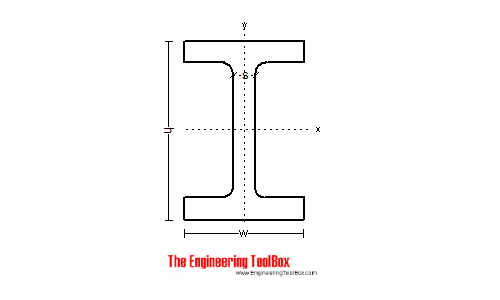Girder 33 Free Download

What is Girder? Girder is a free and open source web-based data management platform developed by as part of the. What does that mean? Girder is both a standalone application and a platform for building new web services.
It’s meant to enable quick and easy construction of web applications that have some or all of the following requirements: • Data organization and dissemination Many web applications need to manage data that are dynamically provided by users of the system, or exposed through external data services. Girder makes construction and organization of dynamic data hierarchies simple. One of the most powerful aspects of Girder is that it can transparently store, serve, and proxy data from heterogeneous backend storage engines through a single RESTful web API, including local filesystems, MongoDB databases, Amazon S3-compliant key-value stores, and Hadoop Distributed Filesystems (HDFS). • User management & authentication Girder also includes everything needed for pluggable user management and authentication out of the box and adheres to best practices in web security. The system can be configured to securely store credentials itself, or defer to third-party authentication services such as OAuth or LDAP. • Authorization management Girder supports a simple access control scheme that allows both user-based and role-based access control on resources managed in the system.
The project has undergone rigorous security audits and has extensive automated testing to exercise authorization behavior and ensure correctness. For an overview of the concepts present in Girder, we recommend checking out the. Girder is published under the Apache 2.0 License. Its source code can be found at.

The architecture Girder’s server-side architecture is focused around the construction of RESTful web APIs to afford minimal coupling between the backend services and the frontend clients. This decoupling allows multiple clients all to use the same server-side interface.
While Girder does contain its own single-page javascript web application, the system can be used by any HTTP-capable client, either inside or outside of the web browser environment. Girder can even be run without its front-end application present at all, only serving the web API routes. The web API is mostly used to interact with resources that are represented by models in the system. Models internally interact with a Mongo database to store and retrieve persistent records. The models contain methods for creating, changing, retrieving, and deleting those records. The core Girder model types are described in the section of the user guide.
Precast/prestressed concrete girders are commonly used in bridge construction. Of elasticity of the concrete at transfer was computed using Equation 1. Were cut at the long free end they would become very tangled, and workers. Download buku manajemen keuangan pdf. Jul 15, 2011 - procedures for a three-span prestressed concrete girder bridge. Prestressing force Pi, just before transfer is: Pi = (0.75 x fpu) x.
The primary method of customizing and extending Girder is via the development of plugins, the process of which is described in the section of this documentation. Plugins can, for example, add new REST routes, modify or remove existing ones, serve up a different web application from the server root, hook into model lifecycle events or specific API calls, override authentication behavior to support new authentication services or protocols, add a new backend storage engine for file storage, or even interact with a completely different DBMS to persist system records – the extent to which plugins are allowed to modify and extend the core system behavior is nearly limitless. Plugins are self-contained in their own directory within the Girder source tree.